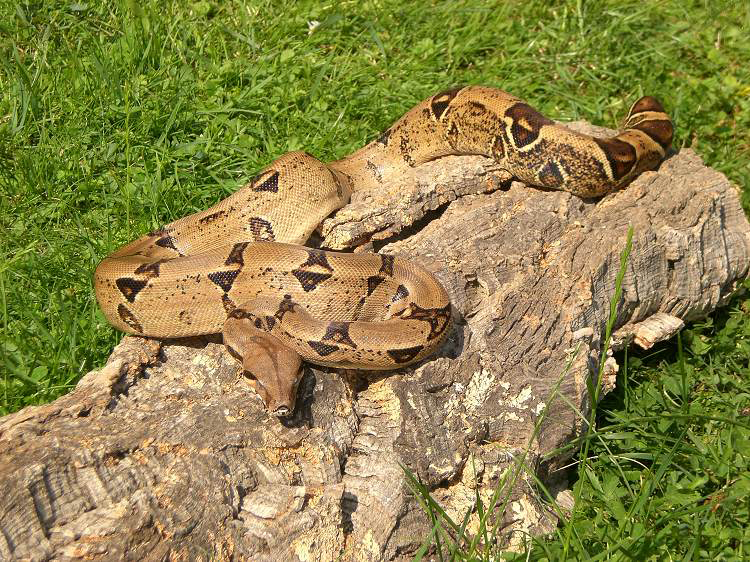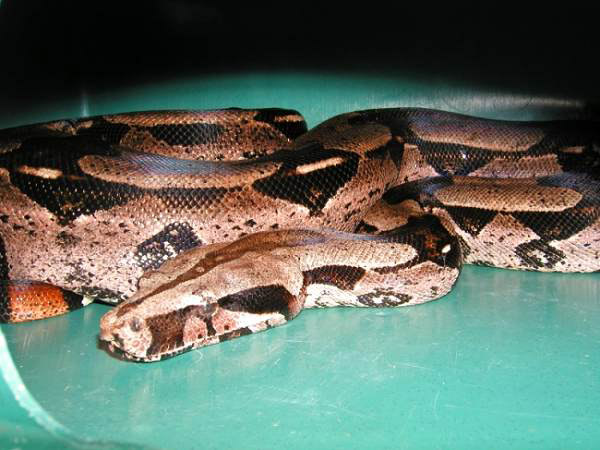
The boa first strikes at the prey, grabbing it with its teeth it then proceeds to constrict the prey until death before consuming it whole. However, they do hunt, particularly in regions with a low concentration of suitable prey, and hunting generally occurs at night. Boa constrictors are ambush predators, so often lie in wait for an appropriate prey to come along, when they attack.

It makes their eyes appear milky, blue, or opaque so that the snake cannot see very well, causing it to be more defensive than it might be otherwise.
PICTURE OF A BOA CONSTRICTOR HOW TO
Like all snakes, Boa constrictors in a shed cycle are more unpredictable, because of the substance that lubricates between the old skin and the new one. The Two Boa Constrictors (Hitler and Stalin) I dont quite know how to help you digest, my dear Adolf.but I understand you very. Their bite can be painful, especially from large snakes, but is rarely dangerous to humans. Appearance and Behavior Traditionally, boas are gray, cream, or brown bases with oval saddle markings that become more pronounced and very red as they approach the tail.

These snakes strike when they perceive a threat. Boa constrictors are also called red-tailed boas because their color pattern in the saddle markings shifts to red at the tail. Boa constrictors often occupy the burrows of medium-sized mammals, where they can hide from potential predators. As semi-arboreal snakes, young Boa constrictors may climb into trees and shrubs to forage however, they become mostly terrestrial as they become older and heavier. They are nocturnal, but they may bask during the day when night-time temperatures are too low. Free for commercial use No attribution required High quality images. Boa constrictors generally live on their own and do not interact with any other snakes unless they want to mate.


 0 kommentar(er)
0 kommentar(er)
